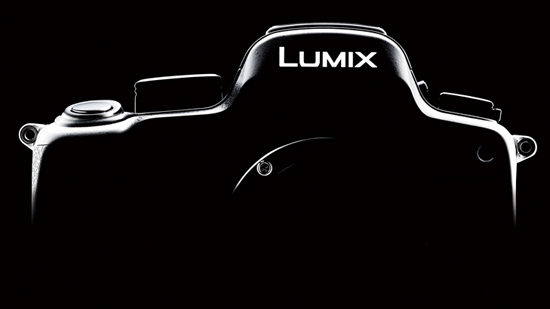Panasonic’s GH2 got quite a popularity boost recently after the Zacuto Shootout of 2012. Despite being a consumer-grade alternative to a DSLR, the shootout showed the world that video from the little camera can actually compete and sometimes even win against bigger and more expensive professional-grade video cameras. While this hasn’t really been a secret to many low budget film makers, Panasonic has largely tried to deny it.
In fact, according to folks who attended this year’s National Association of broadcasters (NAB) show in Las Vegas, Panasonic’s representatives seemed almost annoyed when someone would mention the GH2. Rumors flew that perhaps Panasonic was determined to keep the GH series a consumer brand out of fear that sales would hurt its professional line of cameras, such as the AF100. Whether this is true or not, it seems that with all this recent publicity, Panasonic may be rethinking its GH brand marketing.
If the latest leaked specs are to be believed, the upcoming GH3 will add compelling pro video features to the little over-achiever with:
- 16 Megapixel “Wide dynamic range” CMOS Sensor.
- New Venus 7 engine.
- Electronic shutter.
- ISO 100 — 12.800.
- 6 fps.
- Fastest AF of any interchangeable lens system camera.
- Video Bitrate 50 Mbps (72Mbps ALL-I).
- 30p/25p in MP4, MOV, and AVCHD.
- 3.5 mic in.
- Built-in stereo mic.
- Audio out.
- PC control.
- Time code.
- 1740k OLED LVF, Touch Monitor OLED 610k.
- External battery grip.
- Wifi with remote control through iOS and Android Applications.
- External XLR accessory.
- Focus peaking.
- Interval shooting and slow motion. Slow movie extension (40/50/80 percent), fast 160/ 200 / 300 percent.
- Magnesium alloy body. Body is bigger than the Panasonic GH2.
On the flip side, it can be argued that this is a smart move for Panasonic. After all, Canon has gleefully embraced DSLRs such as the 5Dm3 at its NAB booth and have been promoting their use in Hollywood movies and television shows. There have also been rumors that the AF100 hasn’t met sale expectations, which means Panasonic might be feeling a bit of competitive heat. Perhaps it’s time for Panasonic to pull out the stops and make the GH part of the professional line.



Comments are closed.